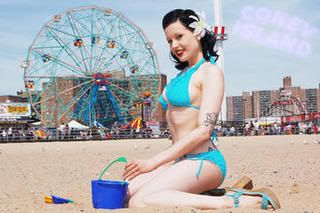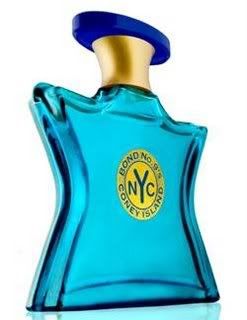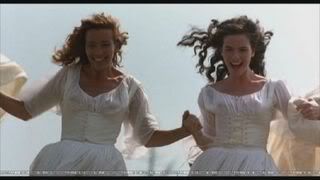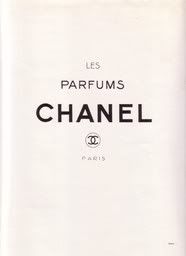
“Having admired for years & years the huge bottles of perfume that Chanel & Dior have used in their adverts,
I felt the time was right for Ormonde Jayne to have one of our own & celebrate Ta’if.”
This is how Linda Pilkington explains the giant bottle of Ta'if which was designed and photographed at Harrods to celebrate the 5th anniversary of the scent. Feast your eyes on it!
Ta'if the fragrance is made with the pink ta’if roses that are grown on a dusty hilltop in the Arabian mountains & picked at dawn. This "sophisticated gourmand" Ormonde Jayne scent includes pink pepper, dates, saffron, freesia, broom & amber.
.jpg)










